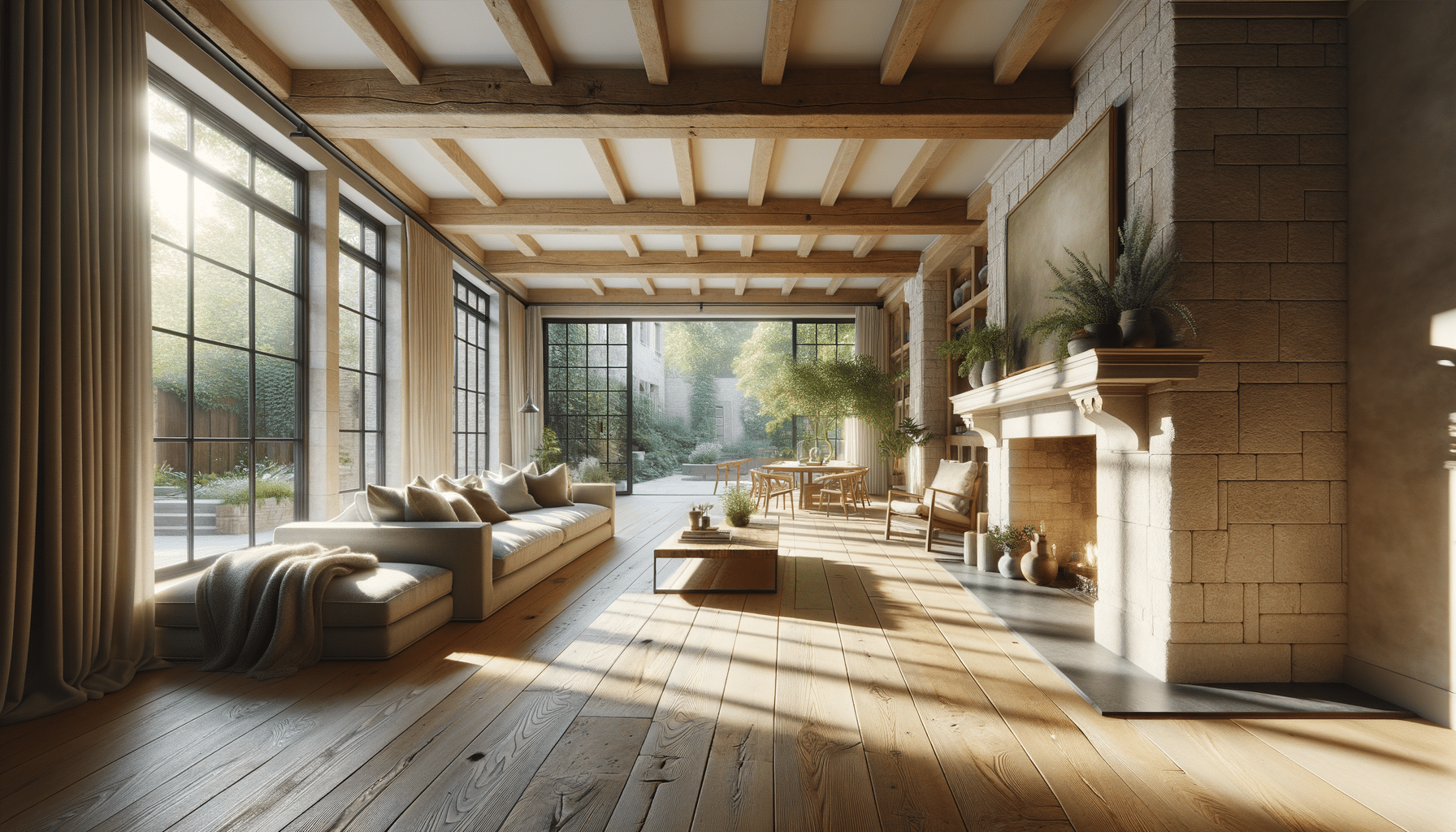
Transforming Spaces: A Comprehensive Guide to Home Renovation
Introduction to Home Renovation
Home renovation is more than just a trend; it’s a way to breathe new life into your living space, increase property value, and enhance your quality of life. Whether you’re updating a single room or overhauling the entire home, the process involves careful planning and execution. This guide will walk you through the essential aspects of home renovation, providing valuable insights into planning, budgeting, design, and sustainability.
Planning Your Renovation Project
Before embarking on a renovation journey, it’s crucial to develop a comprehensive plan. This involves setting clear objectives for what you wish to achieve, whether it’s modernizing the kitchen, adding an extension, or creating an open-plan living area. A well-thought-out plan will guide you through the project’s duration and help in managing expectations.
Start by assessing your current space and identifying areas that need improvement. Consider functionality, aesthetics, and how the renovation will impact your daily life. Create a priority list to ensure that the most critical tasks are addressed first.
Next, engage with professionals such as architects or interior designers. Their expertise can provide insights into feasibility and help transform your vision into reality. They can also assist in navigating local building codes and regulations, ensuring your project complies with legal requirements.
Budgeting for Your Renovation
Budgeting is a critical component of any renovation project. Begin by determining how much you’re willing to spend and allocate funds to different aspects of the renovation. It’s wise to include a contingency fund for unexpected expenses that may arise during the process.
Research costs associated with materials, labor, permits, and other expenditures. Obtain quotes from multiple contractors to compare prices and services. Choosing the right contractor is vital, as their expertise and reliability will significantly impact the project’s outcome.
Consider potential savings through energy-efficient upgrades. These may have higher upfront costs but can reduce utility bills in the long run, contributing to a more sustainable and cost-effective home.
Design and Aesthetics
The design phase is where creativity meets practicality. Focus on creating a cohesive look that reflects your personal style while ensuring functionality. Consider factors such as color schemes, lighting, and materials.
Open floor plans are increasingly popular, offering a sense of space and fluidity. However, it’s essential to maintain a balance between openness and privacy, especially in areas like bedrooms and bathrooms.
Incorporate modern design elements, such as minimalist aesthetics or smart home technology, to enhance convenience and appeal. Custom cabinetry, high-quality finishes, and unique architectural features can also add value and character to your home.
Don’t overlook outdoor spaces, as they can serve as extensions of your indoor living areas. Landscaping, patios, and gardens can significantly enhance the overall ambiance and usability of your property.
Sustainability in Home Renovation
As environmental awareness grows, incorporating sustainable practices in home renovation becomes increasingly important. Sustainable renovations not only benefit the environment but can also improve indoor air quality and reduce energy consumption.
Consider using eco-friendly materials such as bamboo flooring, recycled glass, or low-VOC paints. These materials are not only better for the environment but also contribute to a healthier living space.
Energy-efficient appliances and fixtures, such as LED lighting and low-flow water fixtures, can significantly reduce energy and water usage. Solar panels, though an investment, can provide long-term energy savings and reduce reliance on non-renewable resources.
Finally, consider the life cycle of materials and aim to choose those that are durable and easy to maintain. This approach reduces waste and ensures your renovation stands the test of time.
Conclusion: Embracing the Renovation Journey
Home renovation is an exciting journey that requires careful planning, creativity, and commitment. By understanding the various aspects of renovation—from planning and budgeting to design and sustainability—you can transform your space into a functional, aesthetically pleasing, and environmentally friendly home.
Whether you’re a seasoned renovator or a first-time homeowner, embracing the challenges and rewards of home renovation can lead to a more comfortable and fulfilling living environment.


